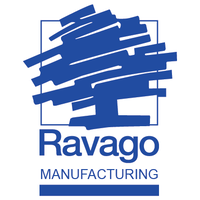Key Features of Overmoulding:
Material Fusion: Begins with moulding a base part, followed by additional layers that are moulded around it.
Material Variety: Multiple plastic resins can be utilised to ensure material compatibility and desired final properties.
Aesthetic and Functional Design: Allows for the addition of colour contrasts and the combination of rigid and flexible elements in a single part.
Applications of Overmoulding:
Wide Industry Use: Common in medical, automotive, and military sectors due to its versatility.
Product Examples: Notably used in consumer products like toothbrushes, which may have a hard plastic body with a soft, rubberised grip.
Distinguishing Overmoulding from Multi-Injection moulding:
Sequential Process: The substrate part is moulded first, then a second layer is applied in a separate operation.
Bi-Material Production: This technique enables the creation of components with two distinct materials using a standard injection moulding machine.
Overmoulding continues to be a key manufacturing technique due to its ability to enhance product functionality and appeal while ensuring durability and comfort in end-use applications.












